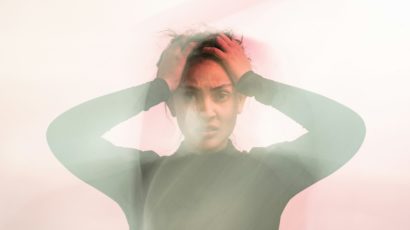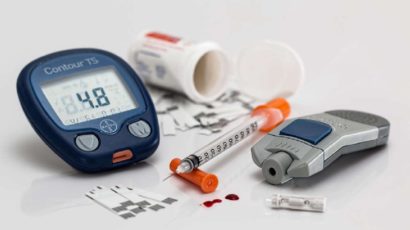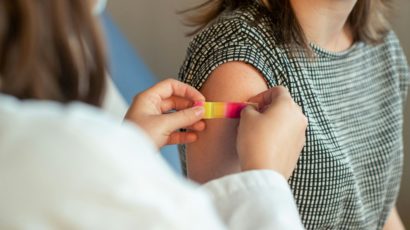Posted by Dr Michelle Wright
The half-term holidays are almost upon us – that time of year when many people are heading off on their annual ski vacation.
I love being in the mountains and get so much from it. But as a doctor, and from personal experience, I know that accidents can happen, even to the most experienced snow sports enthusiasts!
Whether it’s a minor fall or a more serious injury, knowing what to do can make all the difference in ensuring your safety and recovery, or that of the person you are helping.
What should you do if there is an accident in the moutains?
So, here’s my step-by-step guide on what to do if you or someone you’re with has an accident in the mountains.
First things first, protect from further danger
- Cross your skis in the snow above the accident site to warn approaching skiers.
- If the injured person cannot be moved safely, signal to others for help and create a safe perimeter around them.
Once the area is secure, assess the severity of the injury
- Is the injured person conscious and responsive?
- Do they have any signs of a head injury (dizziness, confusion, nausea)?
- Can they move their limbs without severe pain?
- Is there any bleeding?
If there is severe pain, bleeding, suspected fractures, or signs of a head or spinal injury, do not move the person unless they are in immediate danger.
Armed with this preliminary knowledge, you should then signal for help
Most ski resorts have dedicated ski patrols that respond to accidents.
- Use your phone to call the ski patrol (resort maps often contain the emergency numbers).
- If phone service is unavailable, ask another skier to get help.
- In Switzerland, many ski resorts, including Verbier, Gstaad, Saas-Fee and Davos/Klosters partner with EchoSOS to make contacting the ski patrol easy through this App.
- You may need to call 1414 for the Swiss Air Rescue Service (REGA), particularly if you’re off-piste.
- In other European countries, call 112.
- It’s important to make sure your kids, and everyone in your group, has the emergency numbers programmed in their phone.
Once help has been called, you can provide basic first aid
- For a suspected head or spinal injury: keep the person still and monitor their breathing.
- Any injured person should be kept warm: carry a foil space blanket in your pocket or backpack.
- For suspected fractures or sprains: immobilise the injured area and avoid unnecessary movement.
- With bleeding: apply pressure to the wound, ideally with a clean bandage.
And then stay with the injured person and wait for professional assistance
Keep them as comfortable as possible. Avoid giving food or drink as surgery may be needed. And when the emergency rescue team arrive, tell them what has happened.
Even if an injury seems minor, it’s always wise to get checked by a doctor. Some conditions, including concussion, ligament injuries, or internal bleeding, may not present severe symptoms immediately but can worsen over time.
How can you prevent accidents on the slope?
And of course, I’m a big advocate for prevention being better than cure. So, to prevent accidents on the slopes:
- Keep your equipment in good condition.
- Always wear a helmet.
- Check weather conditions and be mindful of avalanche risks.
- Warm up properly.
- Stay within your ability level and follow resort guidelines.
Hopefully all of these things will mean you’ll have a great ski vacation! This has been Health Matters. My name is Dr Michelle Wright. Thank you for listening.





